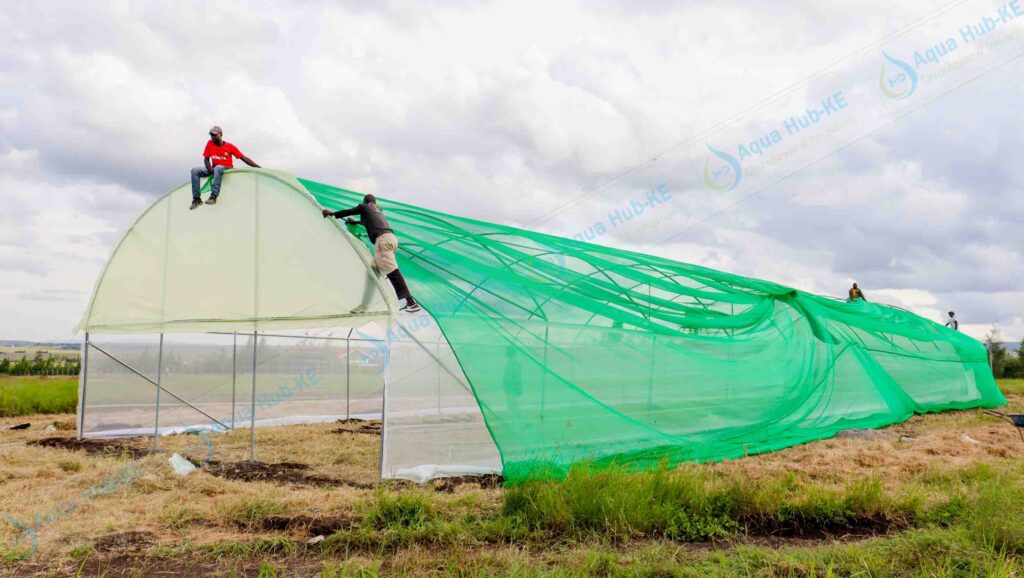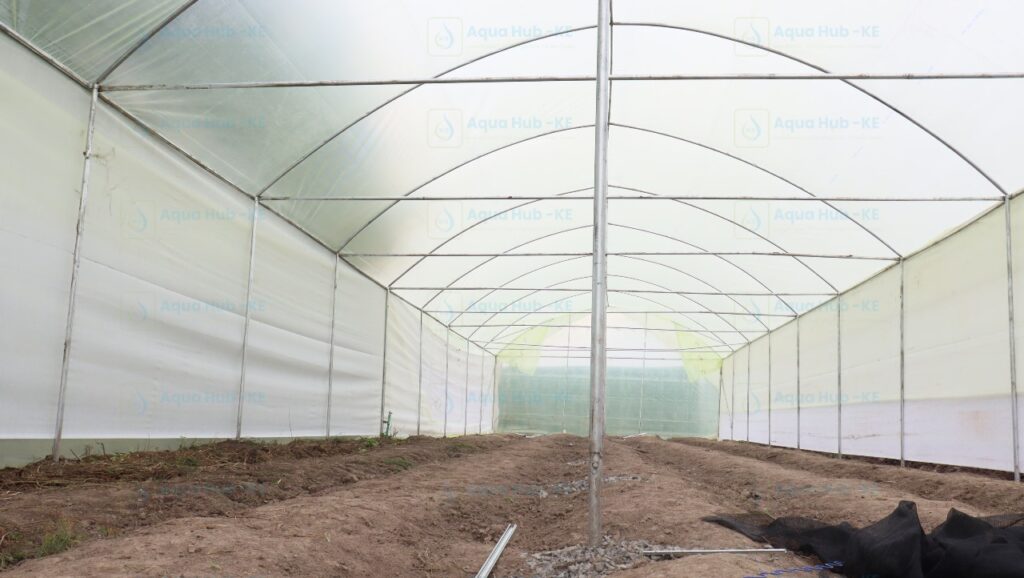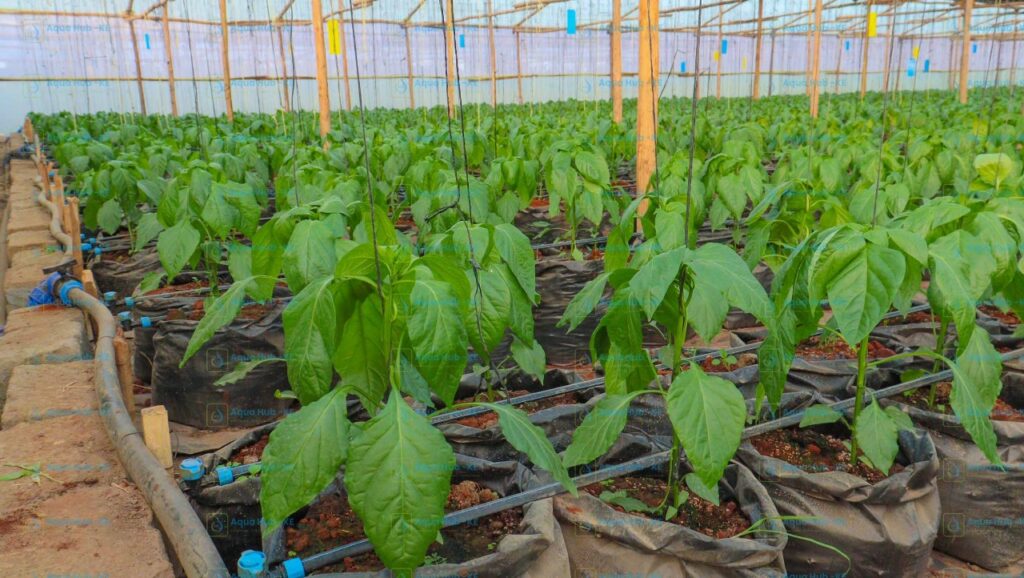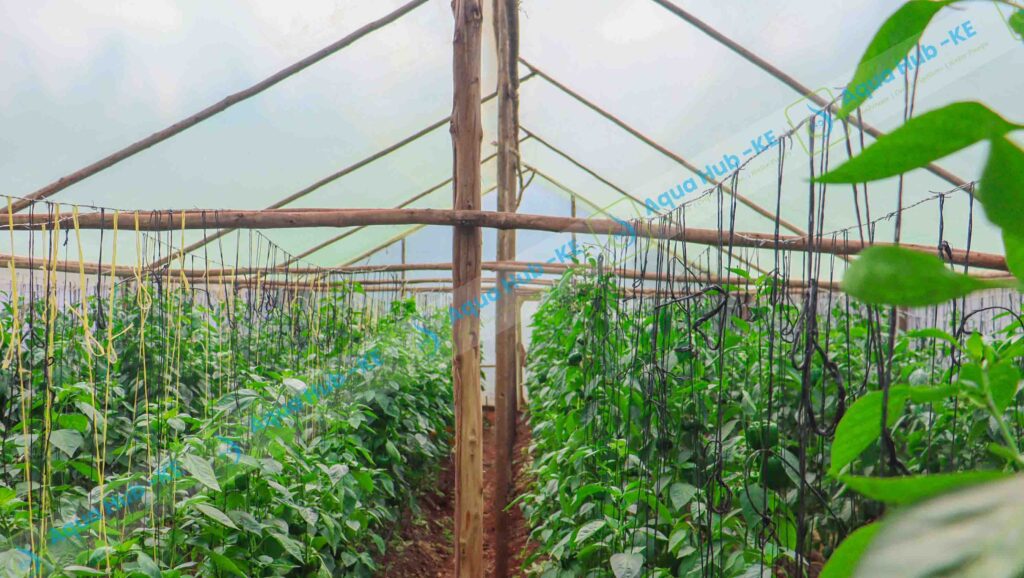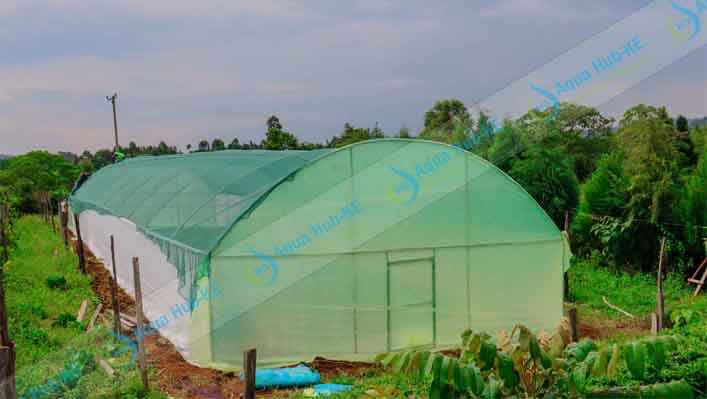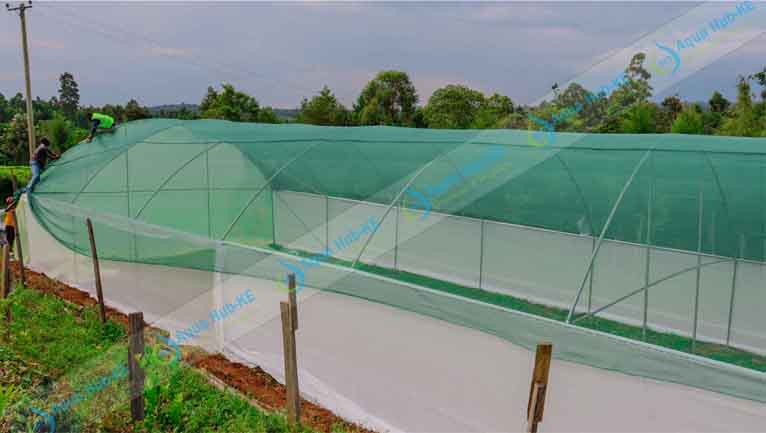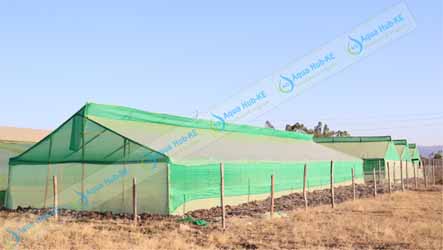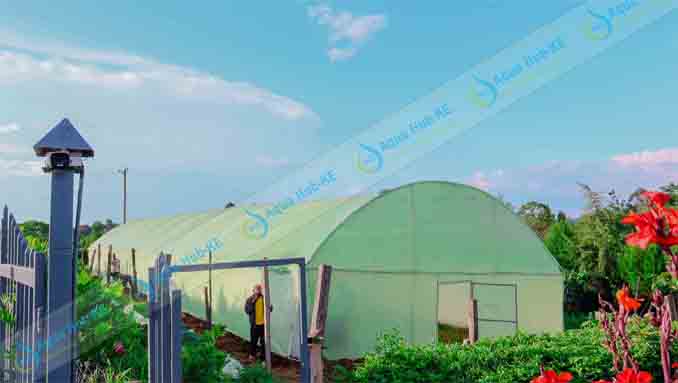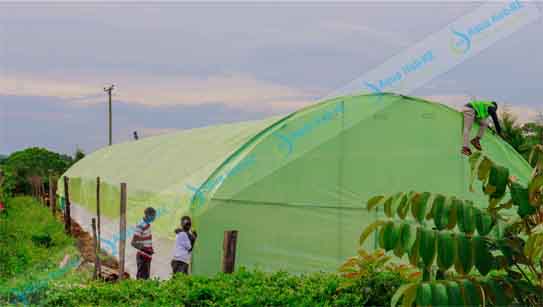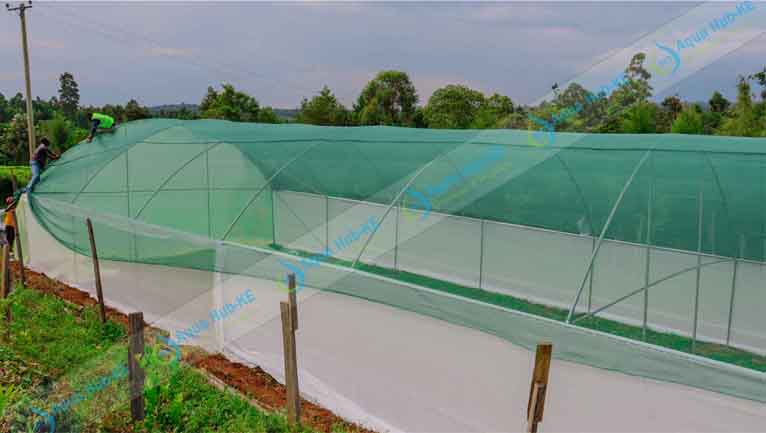Blog
Wooden Greenhouse Vegetable Farming in Kenya
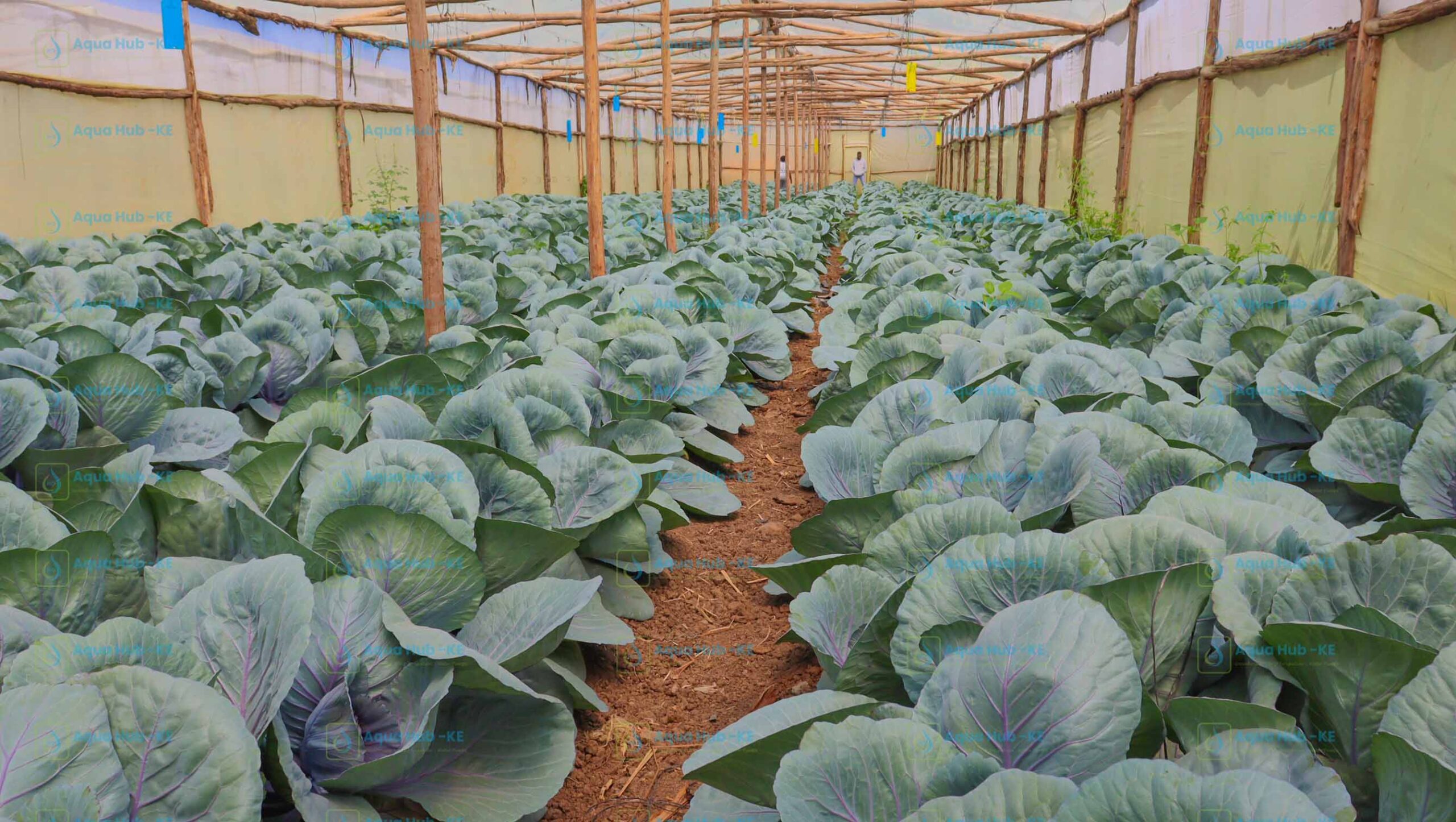
Greenhouse farming is a high potential agricultural venture due to its rewarding yield and control over growing conditions. Wooden greenhouse for vegetable farming enhances season to season production unlike open field farming.
Under proper management, greenhouse vegetable production results to high yield and quality harvest of leafy greens among other vegetables.
Construction of wooden greenhouse for vegetable farming in Kenya is done by Aqua Hub Kenya at convenient prices. Want to learn what it takes to start growing and harvesting high quality vegetables in small plots? If yes stick this guide will help you get high income from your farm at minimal expenditure.
Call 0790719020
Why Choose Wooden Greenhouse for Vegetable Farming?
Greenhouse structures be it wooden or metallic are reliable for top level production of vegetables. However, wooden greenhouse would be ideal for small scale farmers or first-time greenhouse growers. Because such farmers would likely have less money to spend, wooden greenhouse would be a good alternative.
Greenhouse Vegetable Farming in Kenya
Cultivation of vegetables is better done in greenhouses. The main reasons are:
- Climate management: Greenhouses enable you to regulate temperature, humidity, precipitation, wind, and intense sunlight.
- Enhanced protection against pests and diseases: Numerous pests along with waterborne or rain-facilitated diseases are less concerning in properly maintained greenhouses.
- Water conservation and effectiveness: Implementing drip irrigation within greenhouses, applying mulch, and employing efficient water distribution result in reduced water wastage. This is very important in areas with inconsistent rainfall.
- Continuous or prolonged seasonal cultivation: You can plant beyond typical rainy periods, sidestepping severe weather (intense rainfall, hail, strong winds). This enables more consistent harvests and more reliable income.
- Enhanced quality and yields: By better controlling inputs, environment, spacing, soil, and watering, cabbages grown in greenhouses typically exhibit firmer, cleaner heads, greater uniformity in size, and reduced damage.
Challenges in Greenhouse Farming
Cultivation of vegetables or other crops in a greenhouse is not a walk in the park. Challenges exist but have proper solutions for each of them.
- Initial cost: Greenhouse structures, irrigation systems, and misting cost more to set up compared to open fields. To prevent financial constraints, start small, budget well before you decide to venture in greenhouse farming.
- Harsh weather effects: Sometimes during extreme rainfall, the greenhouse faces risk of damage by wind. To prevent this, it is good to always choose a greenhouse design properly.
- Technical expertise: Many farmers are not conversant with the crop management, irrigation and pest control Program. Seek training, agronomy support or ask for help from other greenhouse farmers.
- Pest and diseases: pests are not entirely possible to keep out. Where there is a challenge of pests such as whiteflies use the appropriate pesticide.
- Market risks: Even with good production, if there is no reliable market, or prices crash, or transport & post‑harvest storage are poor, profits suffer. Proper market research and timing is important before planting.
Steps on How to Start Wooden Greenhouse Vegetable Farming in Kenya
For Success in greenhouse vegetable production, you must always follow procedural steps from design of the structure to cultivation. Here is step by step guide on how to start greenhouse vegetable production.
Site Selection and Planning
- Choose a site with good access to water, and where greenhouses can be oriented to get good sun.
- Conduct Soil tests to check the PH and health of the soil. Seek agronomy support to conduct this step.
- Ensure the ground is level or gently sloped, well drained so water does not stagnate and affect production in the
Greenhouse Construction
- Step done by our technicians.
- Involves building the wooden frame designed for your region, covering the greenhouse with UV treated polythene sheet and holding using galvanized wires.
- Include ventilation: side vents, roof vents; possibly fans if needed. Shade nets or retractable shade can help during hot spells.
Soil Preparation & Beds
- Done once the greenhouse structure has been installed.
- Plough the soil deep to ensure proper germination. Prepare soil beds inside greenhouse. Add manure to improve fertility and soil structure.
- In case of high soil acidity use lime to lower the PH.
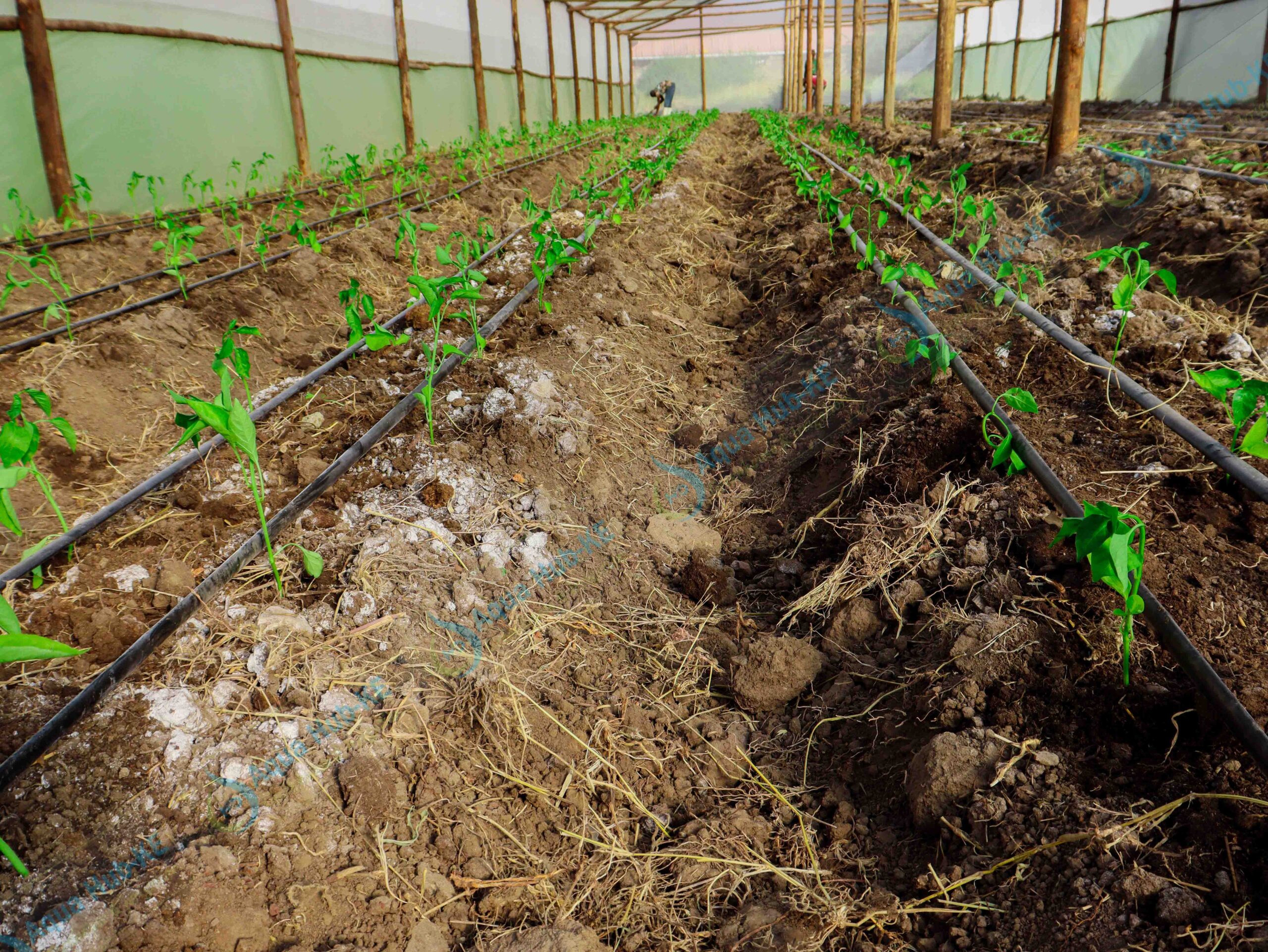
transplanted capsicum on greenhouse environment
Seedlings / Nursery
- Start seedlings in seedling trays.
- Keep the trays moist, in a protected place often a raised wooden table-like structure inside the greenhouse.
- After about 4‑6 weeks they are ready for transplanting.
Transplanting
- Transplant seedlings carefully, ensuring the propagated soil remain in the roots to avoid root damage.
- Spacing: depends on variety and head size. Often takes around 20 – 40 cm spacing for most vegetables.
Irrigation & Water Management
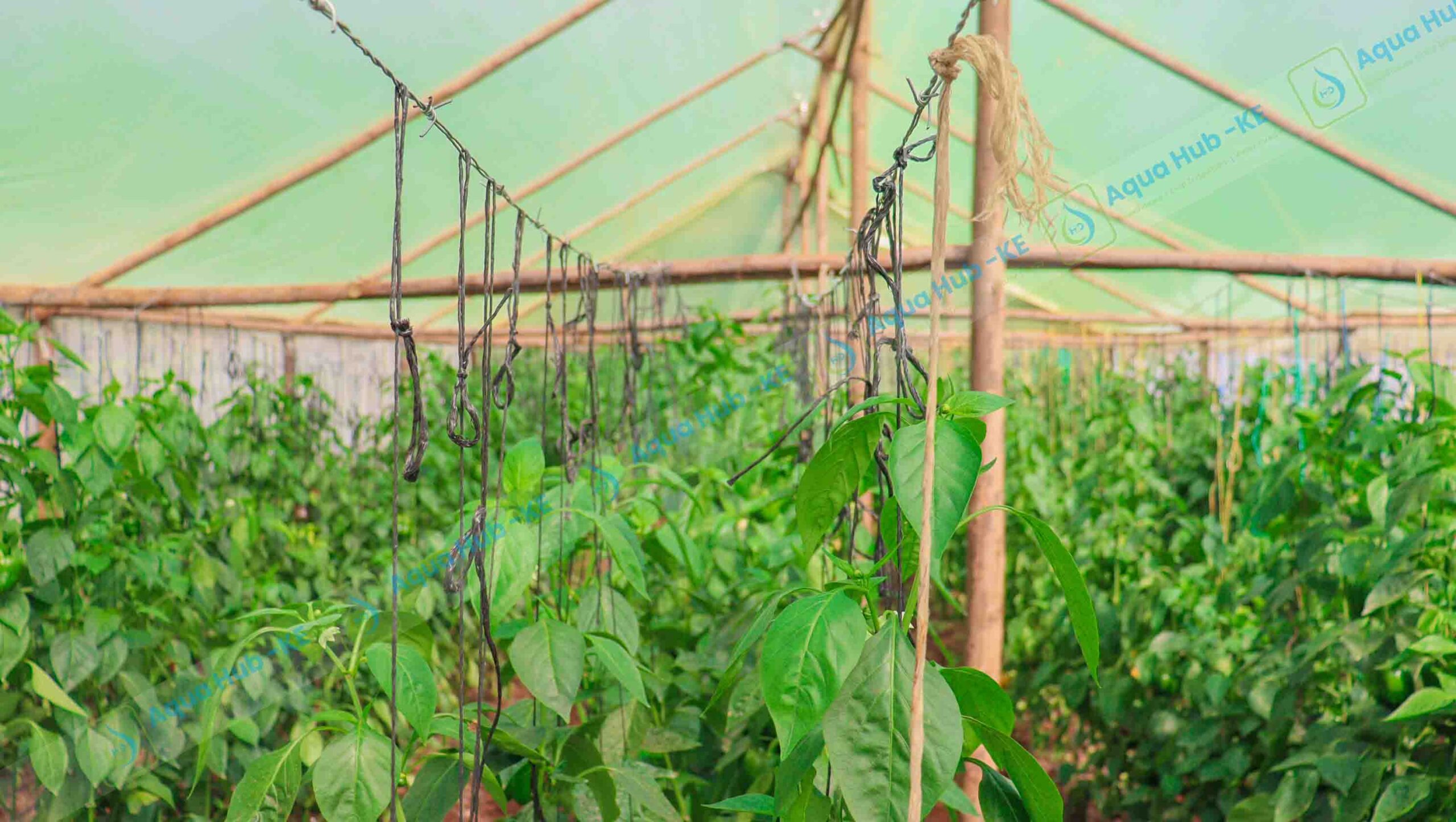
Capsicum thriving on small wooden greenhouse
- Set up and install drip irrigation kits. It is reliable for vegetable farming especially in greenhouse environment because of high efficiency and water conservation.
- Water requirements vary with the growth stages and type of vegetable.
- Avoid over‑watering. Overly wet soil can lead to root rot or fungal issues.
- Mulch around plants to conserve moisture, suppress weeds.
Fertilization & Nutrient Management
- Use balanced fertilizers with nitrogen (for leaf growth), phosphorus and potassium.
- Possibly top dress fertilizer during growth: when leaves or fruits are forming.
Pest & Disease Control
- Monitor regularly: look for pests like aphids, cabbage worms, diamondback moth, etc.
- Use integrated pest management: resistant varieties, biological control, physical barriers, good hygiene.
- Ensure ventilation to reduce fungal diseases; avoid water holes pooling; avoid wetting leaves too much.
Best Wooden Greenhouse for vegetable Farming
We construct quality purpose wooden greenhouse structures for vegetable farming in Kenya. Our structures are also ideal for other profitable crops such as strawberry, flowers, and herbs.
Call 0790719020
Common Vegetables to Cultivate in Wooden Greenhouses
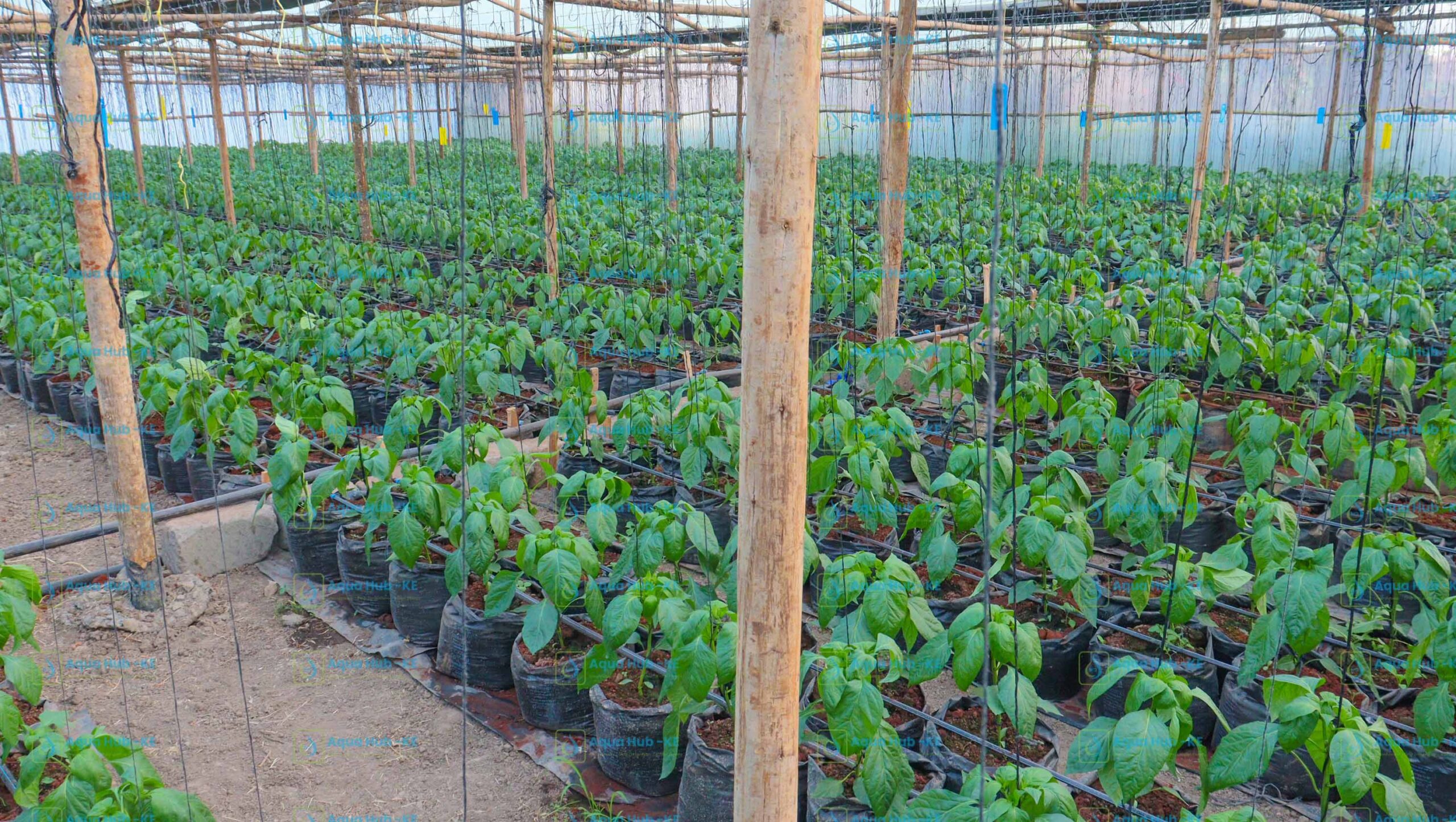
Wooden greenhouse utilized to grow capsicum
- Tomatoes – indeterminate tomato varieties do well in greenhouse environment. Proper market timing attracts high profits.
- Capsicum – capsicum performs well in hot environment which often suits a greenhouse climate. It fetches high market prices year-round.
- Lettuce – popular leafy vegetable sold in supermarkets and grocery stores. Because it requires high nutrient, management and hot conditions, greenhouse environment is ideal.
- Cucumber – greenhouse environment enhances year-round yield of cucumber plant due to proper nutrient and moisture distribution.
- Cabbage – also do well in greenhouses.
- Kales – grows tall and develops large healthy leaves when grown in a greenhouse.
- Spinach – high yield and long season of production.
- Kunde – also suitable for greenhouse cultivation.

